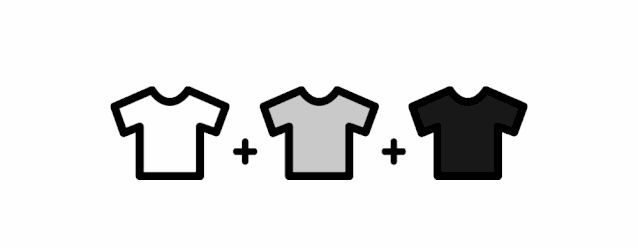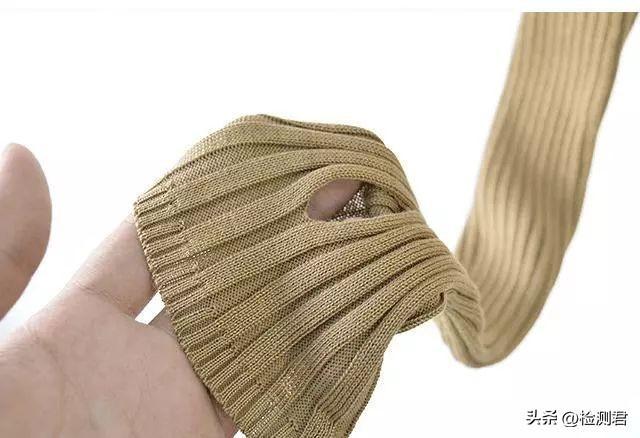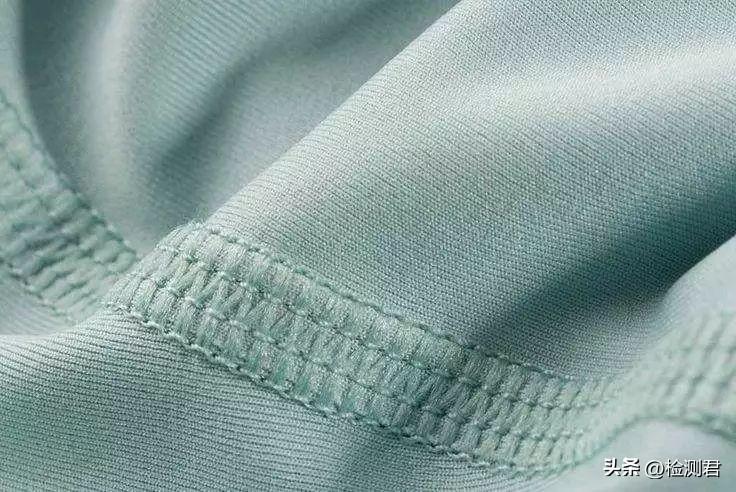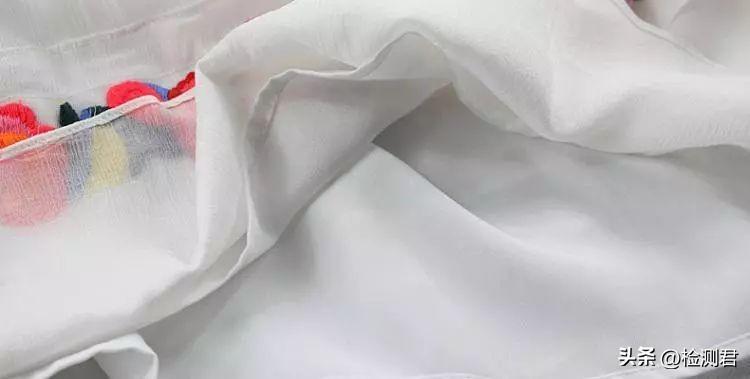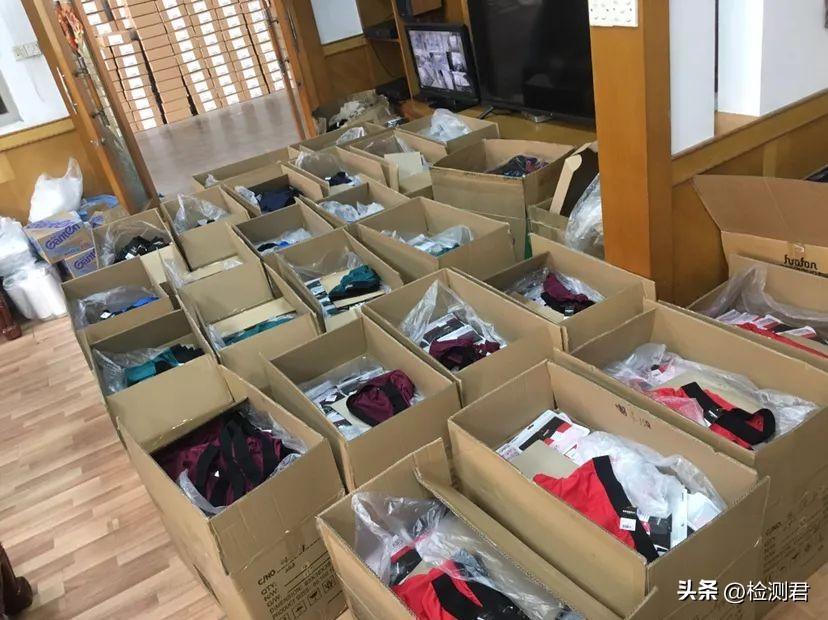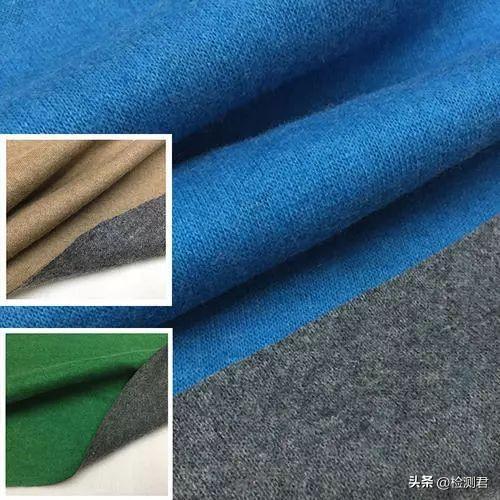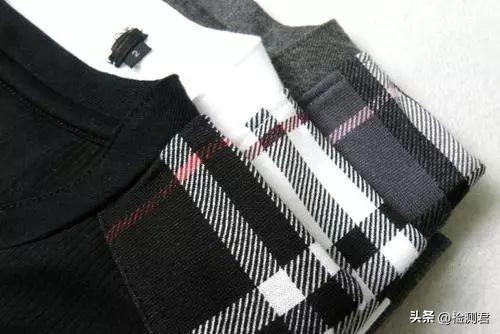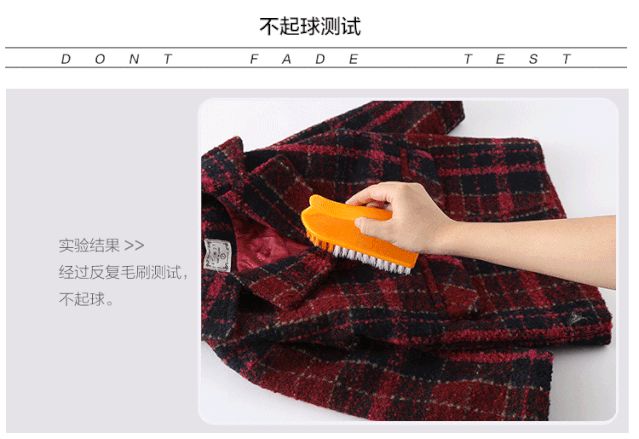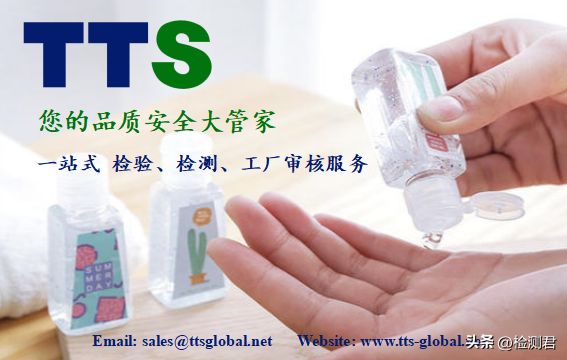General inspection standards and procedures for clothing inspection
Total requirements
The fabrics and accessories are of high quality and meet customer requirements, and the bulk goods are recognized by customers; the style and color matching are accurate; the size is within the allowable error range; the workmanship is excellent;
Appearance requirements
The placket is straight, flat, and of the same length. The front is drawn flat, the width is the same, and the inner placket cannot be longer than the placket; those with zipper tapes should be flat, even without wrinkling or gaping; the zipper should not be waved; the buttons are straight and even, with equal spacing; The pockets are square and flat, and the mouth of the bag cannot be left open; the flaps and patch pockets are square and flat, and the front and rear, height and size are the same. The size of the inner pocket is the same, the size of the square is flat; the size of the collar and the mouth are the same, the lapels are flat, the ends are neat, the collar is round, the collar is flat, the elastic is suitable, the outer opening is straight and does not warp, and the bottom collar is not exposed; shoulders Flat clothes, straight shoulder seams, the same width on both shoulders, and symmetrical seams;
The length of the sleeves, the size of the cuffs, the width and the width are the same, the height of the sleeves, the length and the width are the same; the back is flat, the seam is straight, the rear waistband is horizontally symmetrical, and the elasticity is appropriate; Striped sewing; the size and length of the lining in each part should be suitable for the fabric, not hanging or spitting; the webbing and lace on both sides of the car on the outside of the clothes, the patterns on both sides should be symmetrical; the cotton filling should be flat and pressed The thread is uniform, the lines are neat, and the front and rear seams are aligned; if the fabric has pile (hair), the direction should be distinguished, and the reverse direction of the pile (hair) should be in the same direction; the length of the sleeve sealing should not exceed 10 cm, and the sealing should be consistent and firm. Neat; it is required to match the fabrics of the strips to the grid, and the stripes should be accurate.
Comprehensive requirements for workmanship
The sewing line should be flat, not wrinkled or twisted. The double-thread part should be sewn with double-needle sewing. The bottom thread should be even, without skipping, floating or continuous thread; Pens and ballpoint pens cannot be used to scribble; the surface and lining should not have chromatic aberration, dirt, drawing, irreversible pinholes, etc.; computer embroidery, trademarks, pockets, bag covers, sleeve loops, pleats, Velcro, etc., the positioning must be Accurate, positioning holes should not be exposed; computer embroidery requires clear thread, trimmed backing paper on the back, clear printing, non-penetrating bottom, no degumming; all bag corners and bag covers are required to be punched, and the position of punching should be accurate. , correct; the zipper must not be wavy, and the up and down movement is unobstructed; if the lining is light in color and will be translucent, the inner seam stop should be trimmed neatly and the thread should be cleaned up, and if necessary, add backing paper to prevent translucent;
When the lining is knitted fabric, the shrinkage rate of 2 cm should be pre-placed; after the hat rope, waist rope and hem rope that are drawn out at both ends are fully drawn, the exposed part at both ends should be 10 cm. waist rope, and hem rope can be worn flat in a flat state, and do not need to be exposed too much; keyholes, nails and other positions are accurate and non-deformable. If you find that you need to check it repeatedly; the snap button is in an accurate position, has good elasticity, is not deformed, and cannot be rotated; all the loops with large force such as cloth loops and buckle loops should be reinforced with back stitches; all nylon webbing and woven ropes are cut. Use eagerness or burning mouth, otherwise there will be dispersing and pulling off phenomenon (especially the handle); jacket pocket cloth, armpits, windproof cuffs, and windproof feet should be fixed; culottes: waist size is strictly controlled Within ±0.5 cm; culottes: the dark line of the back wave should be sewn with thick thread, and the bottom of the wave should be stitched back for reinforcement.
Clothing inspection process takes the final inspection as an example
Check the status of large shipments: Check whether the packing list is consistent with the order requirements, including information such as small packages, proportions into boxes, and the quantity of large shipments. If they are inconsistent, you need to note the inconsistent points; For 100 boxes of goods, we will draw 10 boxes and cover all the colors. If the size is not enough, we need to draw more); Sampling: Sampling according to the customer’s request or AQL II standard, randomly selected from all the boxes; the sampling needs to cover up to All colors and all sizes;
Box drop test: Generally (24 inches – 30 inches) is dropped from a height, you need to drop one point, three sides and six sides. After falling, check whether the carton is broken and whether the tape in the box is burst; check the mark: check the outer box according to the customer’s information Marks, including order number, model number, etc.; Unpacking: Check the packing requirements, color, and size according to customer information. At this time, you must pay attention to the cylinder difference. In principle, there is no cylinder difference in a box;
Look at the packaging: check whether the plastic bags, copy paper and other accessories are as required, and whether the warnings on the plastic bags are correct. Check that the folding method is as required. Look at the style and workmanship: when unpacking the bag, be sure to pay attention to whether the hand feels in line with the hand of the sample clothes, and whether there is a damp feeling; from the appearance, check the style, color, printing, embroidery, stains, thread ends, and explosions in order. For the details, see some craftsmanship of sewing, pocket height, straight line, button door, collar flat, etc.;
Look at accessories: check the listing, price tag or sticker, washing mark and main mark according to the customer’s information; Quantity: according to the size table, at least 5 pieces of each color and each style are required. If it is found that the size deviation is too large, it is necessary to measure a few more pieces. Do the test: Bar code, color fastness, splitting fastness, cylinder difference, etc. should be carefully tested, each test according to the S2 standard (test 13 pieces or more). At the same time, pay attention to see if the guest proposes to use professional equipment for testing.
Write inspection report, upload and submit after verification. Note: Feedback should be given to the inspection points that the customer pays special attention to; the major or uncertain problems found in the inspection should be carefully recorded.
The above is the general clothing inspection standard and process. In the specific inspection work, it is necessary to make targeted adjustments according to the characteristics of the clothing and the requirements of customers.
Post time: Sep-17-2022






